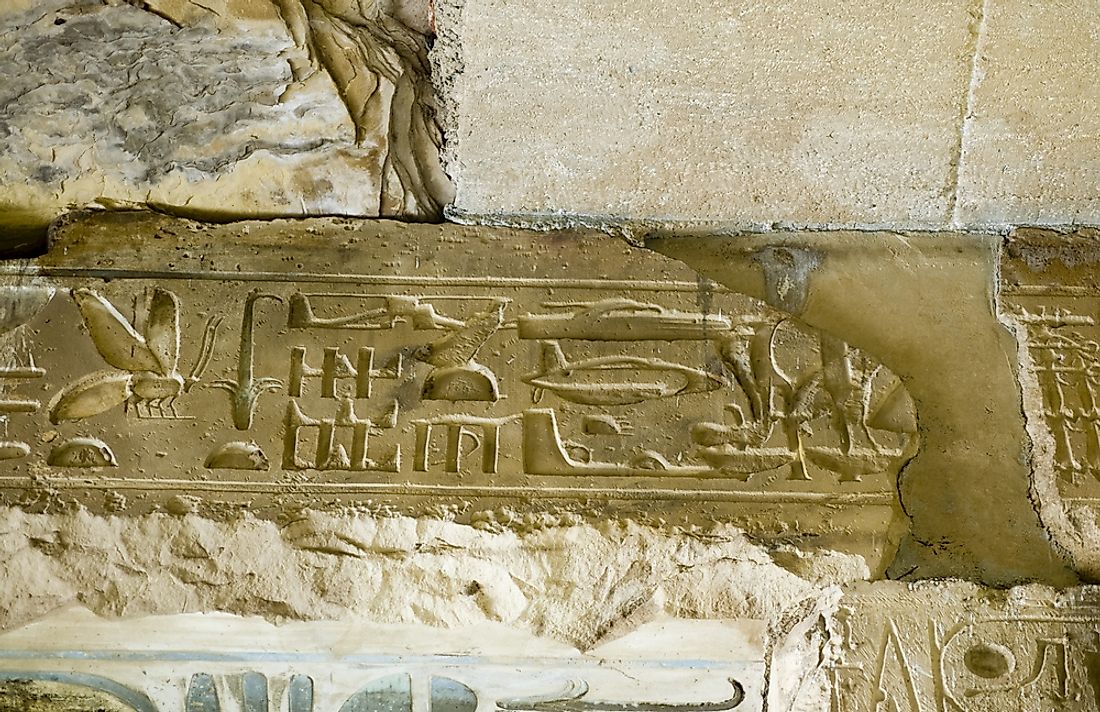What is an Out Of Place Artifact?

An out of place artifact is an archeological or historical item whose discovery challenges the authenticity of the standardized chronological history of the earth. The out of place artifacts are typically used by believers of paleocontact hypothesis, paranormal activity enthusiasts, and creation believers. Modern technology has been instrumental in explaining the premise of the existence of many of these artifacts.
Maine Penny
The Maine Penny is an ancient silver coin discovered in August 1957 in Brooklin, Maine. The coin is also known as the Goddard coin after Goddard Site, a Native American archeological site where it was discovered which archeologists estimate was settled around the late 12th century. Researchers and archeologists believe that the coin is an Olaf Kyrre coin of Norse origin and was minted around 1080 AD. The coinage was widely circulating in the 12th and 13th centuries. The discovery of this ancient Norse coin in North America elicited numerous theories with many scholars claiming that the coin was a testament of transoceanic contact between European Norsemen and Native Americans before the arrival of Christopher Columbus.
Helicopter Hieroglyphs
The Helicopter hieroglyphs are controversial Egyptian hieroglyphs found in the Temple of Seti at Abydos. The hieroglyphs gained global interest after paleocontact hypothesis believers noted that some characters on the inscriptions had a rather close resemblance to a modern helicopter. However, Egyptologists dismissed the claim explaining that the hieroglyph had two messages carved on top of each other. The original inscription read “He who chases the nine,” as a title of the then ruler of Egypt, Seti I. This inscription was later covered with plaster, and a new inscription was carved stating “He who protects Egypt and overthrows other countries,” a title bestowed upon Pharaoh Ramesses II. With time, natural elements caused the erosion of the plaster producing the “helicopter” resemblance.
Nazca Lines
The Nazca Lines are numerous gigantic geoglyphs located in the Inca region of Peru. The figures are a few inches deep but cover great distances with some being over 1000 feet long. The Nazca Lines are drawn to resemble local flora and fauna with other being geometrical shapes. The figures are best viewed aerially on a plane. However, archeologists believe that these geoglyphs were drawn between 500 BCE and 500 CE by the ancient Nazca people. This discovery has made the Nazca Lines be labeled as an Out Of Place Artifact since the accuracy of the drawings could only be attained through aerial supervision which did not exist during the drawing. However, scholars have been able to disprove such theories after the scientists in the 20th century were able to recreate similar geoglyphs without aerial assistance.
Tecaxic-Calixtlahuaca Head
The Tecaxic-Calixtlahuaca head is a clay-based head sculpture unearthed in 1933 at an archeological site in Toluca Valley, Mexico. The sculpture is believed to be part of a larger statue and is named after the Tecaxic-Calixtlahuaca region where it was discovered. Historians believe that the sculpture was molded in ancient Rome in the 2nd century AD while thermoluminescence done on the head in 1995 confirmed that the head was over 800 years old. The pre-Columbian age of the sculpture has led to the assumption that ancient Rome had contact with the New World centuries before Christopher Columbus.
Hoaxes
While few historical items offer the strongest case for the existence of "out of place artifacts", there are numerous hoaxes which have been discredited by modern technology including the Tucson artifacts and the Michigan relics.











